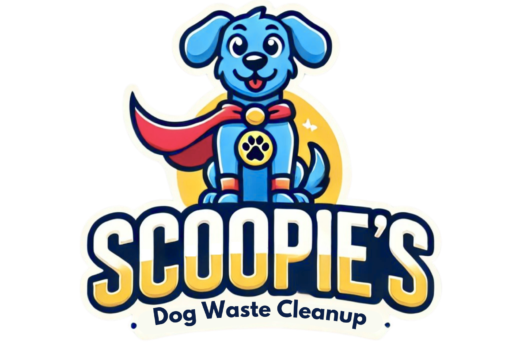If you’re a dog owner in Ankeny, Bondurant, Altoona, Ames, or anywhere in the greater Des Moines Metro, you may have noticed unsightly brown spots appearing in your lawn. While there could be a few reasons behind them, one of the most common—and often overlooked—culprits is dog poop.
Why Does Dog Poop Burn Grass?
Dog waste is highly acidic and packed with nitrogen. While nitrogen is a key ingredient in many fertilizers, too much of it concentrated in one spot causes lawn burn. Unlike urine, which is more diluted and can sometimes be rinsed into the soil with water, poop sits on the surface and continues to break down, damaging the grass beneath it.
Over time, this can create dead patches or thinning grass that takes months to recover. The concentrated nitrogen in dog waste essentially acts like an overdose of fertilizer in one small area, leading to chemical burns on your lawn.
How Seasonal Changes Make It Worse in Iowa Yards
In areas like Ankeny, Altoona, and Ames where winters can be long and harsh, dog poop often builds up under the snow. Homeowners might skip weekly cleanups during freezing months or after snowstorms. By spring, the accumulated waste has created long-term damage, smothering the grass and leading to rot, mold, or lawn disease.
The spring thaw reveals months of uncollected pet waste, which can not only cause brown spots but also attract pests and contribute to odor problems. Iowa’s freeze-thaw cycles make it especially important to stay on top of cleanup year-round.
Lawn Health 101: The Impact of Dog Waste on Soil Quality
Beyond just brown spots, dog poop affects your lawn’s overall soil quality. Excess nitrogen disrupts the soil’s pH balance and microbial activity. Healthy lawns rely on a balanced ecosystem beneath the surface, and when that’s compromised, you might notice poor grass growth, moss, or even increased weed problems.
Additionally, dog waste can introduce harmful pathogens to the soil, such as E. coli and salmonella, which pose health risks and can linger for weeks, especially in shady or moist areas.
How to Prevent Brown Spots from Dog Poop
- Pick up waste promptly: Remove dog waste as soon as possible, ideally every 1–3 days. This limits nitrogen exposure and reduces the risk of lawn burn.
- Hire a professional pooper scooper: Services like Scoopie’s Pet Waste Removal provide weekly or biweekly cleanups so your lawn stays healthy, even during Iowa winters.
- Train dogs to use specific areas: Designate a section of your yard for bathroom breaks. Use pea gravel or mulch instead of grass in that area to minimize damage.
- Use lawn repair treatments: Apply soil conditioners and grass seed blends designed to restore areas damaged by pet waste.
- Water heavily after accidents: If you notice your dog has gone in one spot repeatedly, water the area thoroughly to help dilute the nitrogen.
Lawn Recovery Tips for Iowa Homeowners
If your lawn is already suffering from brown patches, you’re not alone. Here are some tips to get it back in shape:
- Rake and remove dead grass to allow for new growth.
- Apply topsoil to replenish nutrients.
- Overseed with grass seed suited for Iowa’s climate.
- Aerate your lawn to improve drainage and nutrient absorption.
- Establish a regular maintenance routine with both lawn care and pet waste removal services.
How Scoopie’s Can Help You Protect Your Lawn
At Scoopie’s, we understand how important a clean, green lawn is for your family and your pets. Our professional pet waste removal services help homeowners in Ankeny, Altoona, Ames, Bondurant, and the greater Des Moines Metro keep their outdoor spaces clean, healthy, and poop-free.
We offer convenient scheduling, reliable service, and friendly technicians who care about your lawn as much as you do. Let us take care of the dirty work so you can enjoy your yard without worry.


